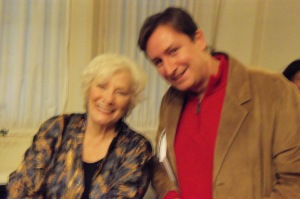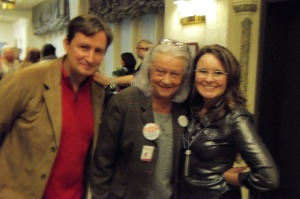This weekend was spent celebrating living legends, and that was before we even got to see Johnny Mathis at Clowes Hall, Butler University, in Indianapolis (on Saturday, May 14). My mother turned 70 this weekend, and the engaging conversation, intellectual insight, and just damn funny stuff made for a remarkable 72 hour celebration. Fine dining is arguably hard to come by where they live, but that didn’t stop us from making the best of every meal, as we prepared for our sojourn to see the legendary singer of “Wild is the Wind,” “Misty,” “Chances Are,” “99 Miles From LA,” and so many more.
Admittedly, the stifling concrete design of Clowes is a bit of a time warp, with the ushering staff seemingly comprised of retired wardens from some Eastern Bloc prison, and Johnny’s patrons, for the most part, bore an aloof midwestern crabbiness bespeaking of people who had paid too much for a blue plate special on their way to a Donald Trump rally.
But the magic that is Johnny Mathis transported us above the fray, as he celebrated his 60th year in show business, my mother having seen him 50 years prior at Ball State University. Apparently, 50 years ago, he had some strange stage antics, including a DEEP bow after EVERY number, like some road show cast member from “The King and I.” But, no more. Johnny today is a smooth, sleek lounge singer, sporting a chic yet understated Calvin Klein suit, looking like he had just stepped out of the country club to sing a few songs, before jetting off to Palm Beach for a few more rounds of golf.

The show was a breezy overview of songs he loves to sing, some he himself admitted have become a bit snooze-worthy in their sheer repetition over the years. I myself don’t enjoy all of the “going steady” numbers for which he is most famous. I prefer the offbeat fare in his discography: swirling theme songs from purple movie melodramas, 70s/80s pop songs stretching for but not quite capturing renewed relevance, cover songs made famous by other artists. Consummate showman, Mathis made sure to offer something for every audience member.

A highlight from the show was a smashing medley of Henry Mancini numbers, for which Mathis is not necessarily known but which nonetheless suit him beautifully. “Two for the Road,” “Charade,” “The Days of Wine and Roses,” “Moon River” fit Mathis as beautifully as his tailored outfit. Accompanied by a lush orchestra, that nearly drowned Mathis out frequently, the effervescent ring-a-ding poignancy of those songs were well served.
Songs of unfulfilled longing also mesh gloriously with Mathis’ flawless choirboy voice – numbers like “Wild is the Wind,” “Secret Love,” and “99 Miles From LA” all wistful perfection.
At the close of the evening, Mathis soared through a raucous medley of tropical hits, that were equal parts Sergio Mendes and Carlos Jobim. I particularly enjoyed his take on “Brazil,” a nearly eight minute epic, culminating in every audience member on their feet.
___________
The sour note in the evening? An “intermission” comedian named John Upton who openly joked that people often mistake him for Barry Goldwater. Perhaps there is a physical resemblance, but they may be referring to the fact that his jokes seems to have started and stopped in the retro era when Goldwater may have had some dubious relevance.
I’m not a fan of “take my wife, please” comedy. It wasn’t funny when it was written on cocktail napkins from 1963, and it’s not funny now. Upton’s style was the typical snarky, “I want to be David Letterman when I grow up” comedy of the self-satisfied, insecure, egomaniacal middle-aged white male – the kind of jokes where someone else is always to blame for one’s own deficiencies: 20-year-olds, cell phones, geese, the cat, and, most egregiously, women.

For someone like Mathis, who has made a career from being a sweetly innocuous, confectionary bonbon, beloved by any and all walks of life, this inclusion of Upton is a serious misstep. I found myself cringing in the presence of my progressive parents, but we offset the misogynist toxin by listening during the car ride to the cast recording of “American Psycho,” a scabrous musical that derives its humor and pathos by skewering such men and their shallow ways. At least, that’s how I rationalized it.
___________
All in all, it was a memorable birthday weekend for my mother, with interesting adventures added to the record books, a toilet that decided to malfunction Sunday morning, and a plethora of birthday goodies presented by my father. Happy birthday, Susie! We love you! 🙂
____________
 Reel Roy Reviews is now TWO books! You can purchase your copies by clicking here (print and digital). In addition to online ordering at Amazon or from the publisher Open Books, the first book is currently is being carried by Bookbound, Common Language Bookstore, and Crazy Wisdom Bookstore and Tea Room in Ann Arbor, Michigan and by Green Brain Comics in Dearborn, Michigan. My mom Susie Duncan Sexton’s Secrets of an Old Typewriter series is also available on Amazon and at Bookbound and Common Language.
Reel Roy Reviews is now TWO books! You can purchase your copies by clicking here (print and digital). In addition to online ordering at Amazon or from the publisher Open Books, the first book is currently is being carried by Bookbound, Common Language Bookstore, and Crazy Wisdom Bookstore and Tea Room in Ann Arbor, Michigan and by Green Brain Comics in Dearborn, Michigan. My mom Susie Duncan Sexton’s Secrets of an Old Typewriter series is also available on Amazon and at Bookbound and Common Language.


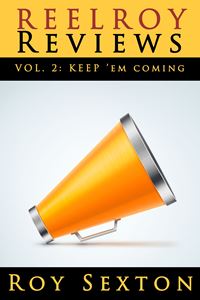
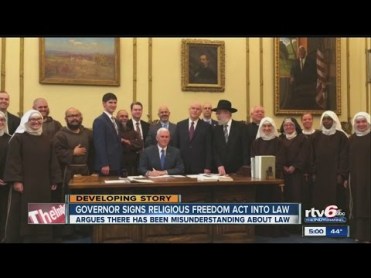
![Description: Film poster; Source: Wikipedia [linked]; Portion used: Film poster only; Low resolution? Sufficient resolution for illustration, but considerably lower resolution than original. Other information: Intellectual property by film studio. Non-free media use rationales: Non-free media use rationale - Article/review; Purpose of use: Used for purposes of critical commentary and illustration in an educational article about the film. The poster is used as the primary means of visual identification of this article topic. Replaceable? Protected by copyright, therefore a free use alternative won't exist.](https://reelroyreviews.files.wordpress.com/2015/03/chappie.jpg?w=202&h=300)
![Description: Film poster; Source: Wikipedia [linked]; Portion used: Film poster only; Low resolution? Sufficient resolution for illustration, but considerably lower resolution than original. Other information: Intellectual property by film studio. Non-free media use rationales: Non-free media use rationale - Article/review; Purpose of use: Used for purposes of critical commentary and illustration in an educational article about the film. The poster is used as the primary means of visual identification of this article topic. Replaceable? Protected by copyright, therefore a free use alternative won't exist.](https://reelroyreviews.files.wordpress.com/2015/03/insurgent.jpg?w=203&h=300)


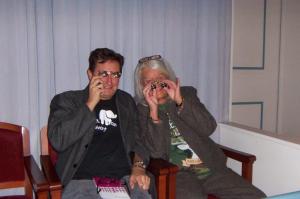

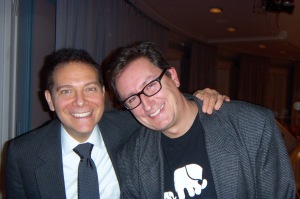
![Description: Film poster; Source: Wikipedia [linked]; Portion used: Film poster only; Low resolution? Sufficient resolution for illustration, but considerably lower resolution than original. Other information: Intellectual property by film studio. Non-free media use rationales: Non-free media use rationale - Article/review; Purpose of use: Used for purposes of critical commentary and illustration in an educational article about the film. The poster is used as the primary means of visual identification of this article topic. Replaceable? Protected by copyright, therefore a free use alternative won't exist.](https://reelroyreviews.files.wordpress.com/2014/06/the-fault-in-our-stars.jpg?w=202&h=300)









